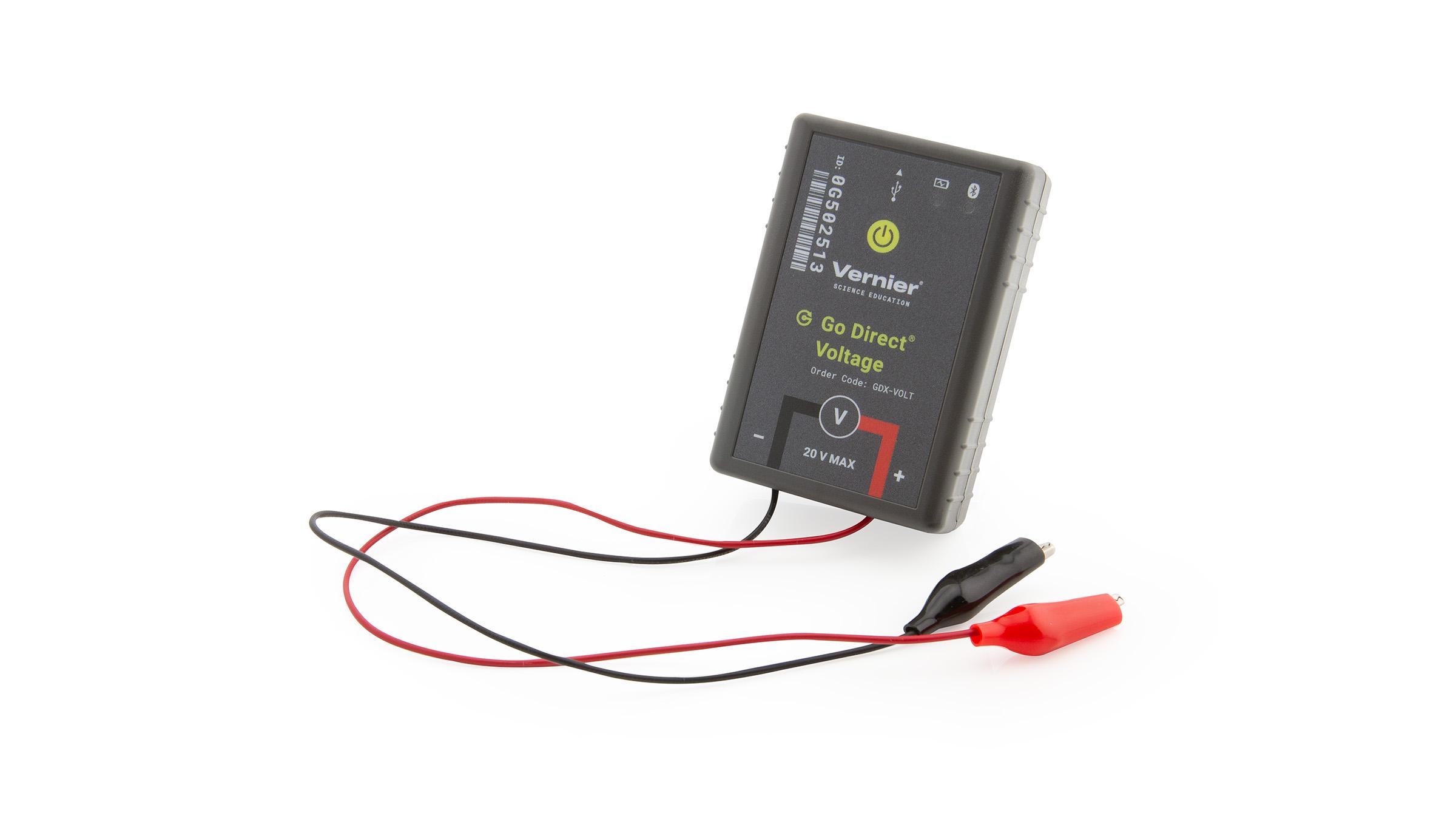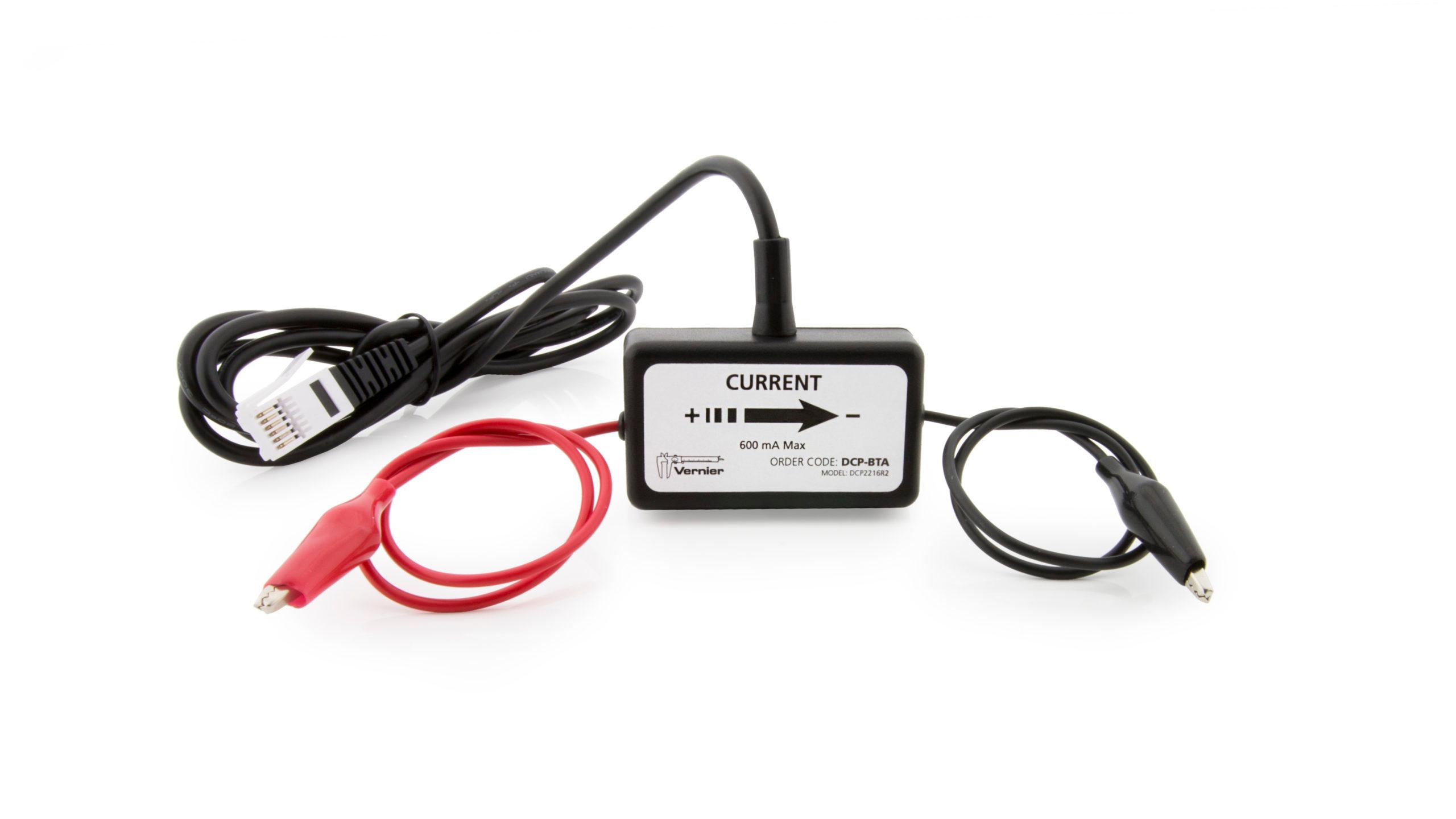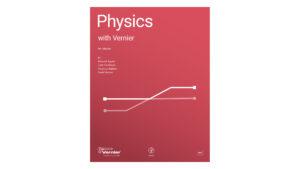
Video Overview
Introduction
The fundamental relationship among the three important electrical quantities current, voltage, and resistance was discovered by Georg Simon Ohm. The relationship and the unit of electrical resistance were both named for him to commemorate this contribution to physics. One statement of Ohm’s law is that the current through a resistor is proportional to the potential difference, in volts, across the resistor. In this experiment, you will see if Ohm’s law is applicable to several different circuits using a Current Probe and a Differential Voltage Probe.
Current and potential difference, in volts, can be difficult to understand, because they cannot be observed directly. To clarify these terms, some people make the comparison between electrical circuits and water flowing in pipes. Here is a chart of the three electrical units we will study in this experiment.
| Electrical Quantity | Description | Unit | Water Analogy |
|---|---|---|---|
| Voltage or Potential Difference | A measure of the energy difference per unit charge between two points in a circuit. | volt (V) | Water pressure |
| Current | A measure of the flow of charge in a circuit. | ampere (A) | Amount of water flowing |
| Resistance | A measure of how difficult it is for current to flow in a circuit. | ohm (*) | A measure of how difficult it is for water to flow through a pipe. |
Objectives
- Determine the mathematical relationship between current, potential difference, and resistance in a simple circuit.
- Compare the potential vs. current behavior of a resistor to that of a light bulb.
Sensors and Equipment
This experiment features the following sensors and equipment. Additional equipment may be required.
Correlations
Teaching to an educational standard? This experiment supports the standards below.
- International Baccalaureate (IB) 2025/Physics
- The students should understand electrical resistance R as given by R = V/I
- The students should understand Ohm’s law
Ready to Experiment?
Ask an Expert
Get answers to your questions about how to teach this experiment with our support team.
- Call toll-free: 888-837-6437
- Chat with Us
- Email support@vernier.com
Purchase the Lab Book
This experiment is #22 of Physics with Vernier. The experiment in the book includes student instructions as well as instructor information for set up, helpful hints, and sample graphs and data.







